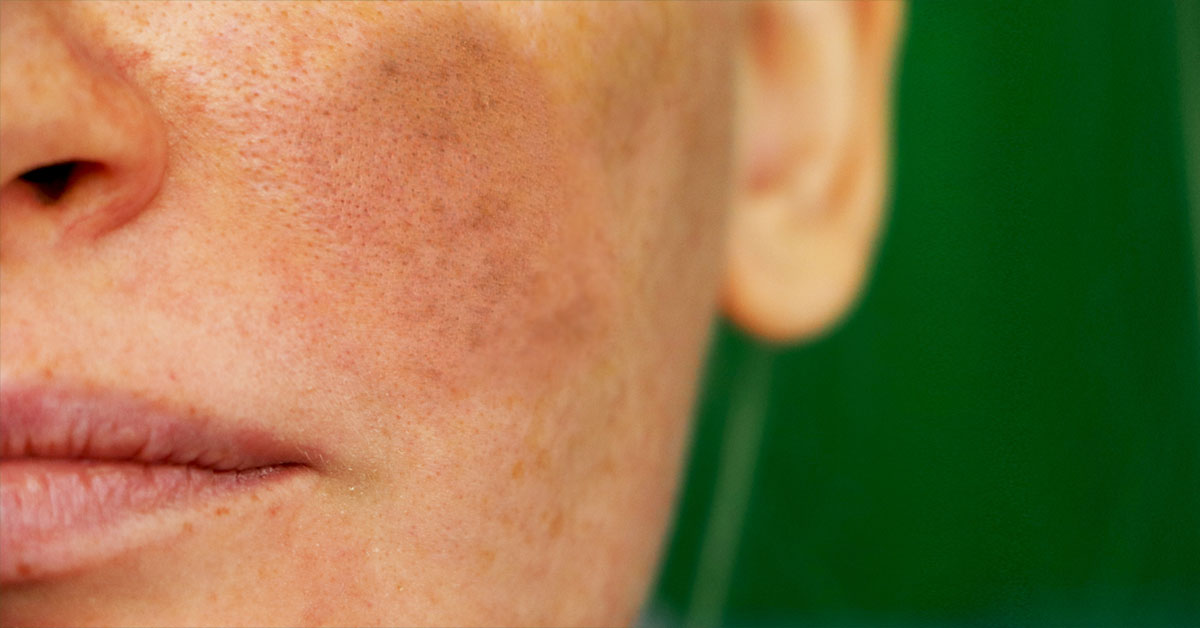Melasma is a common skin condition characterized by dark, discolored patches, primarily on the face. This hyperpigmentation typically appears on the cheeks, forehead, nose, and chin, though it can also affect other areas. While it is more prevalent in women, men can also experience this condition. The cause of melasma is multifaceted, with factors such as hormonal changes, sun exposure, and genetics playing significant roles. lets delve into Melasma Treatment Dubai.
The Role of Hormones in Melasma
Hormonal changes are one of the primary contributors to melasma. Many women develop this condition during pregnancy, leading to the term "chloasma" or the "mask of pregnancy." Hormonal therapies, such as oral contraceptives or hormone replacement therapy, can also trigger or exacerbate melasma. Understanding the hormonal influences on melasma is crucial for managing and treating the condition effectively.
Environmental Factors and Sun Exposure
Sun exposure is a significant risk factor for melasma. Ultraviolet (UV) rays from the sun can stimulate melanocytes, the cells responsible for pigment production in the skin. This increased melanin production can lead to the formation of dark patches. Individuals with melasma are often advised to practice sun protection diligently, as even minimal sun exposure can worsen the condition.
Lifestyle and Melasma
Lifestyle factors, including stress and diet, can also influence the onset and progression of melasma. Stress can trigger hormonal fluctuations, potentially leading to increased melanin production. Additionally, certain dietary choices may affect skin health and pigmentation. A balanced diet rich in antioxidants and vitamins can support overall skin health and may help in managing melasma.
Treatment Options for Melasma
Topical Treatments
Topical treatments are among the first lines of defense against melasma. These treatments often include ingredients like hydroquinone, which helps lighten dark patches, and retinoids, which promote skin cell turnover. Other common ingredients include azelaic acid, kojic acid, and vitamin C. These agents work by inhibiting melanin production and promoting an even skin tone.
Chemical Peels
Chemical peels involve the application of a chemical solution to the skin, promoting exfoliation and revealing a brighter, more even complexion. Superficial peels, which target only the outer layer of skin, can be effective for mild cases of melasma. Deeper peels may provide more dramatic results but usually require more downtime for recovery.
Laser Treatments
Laser treatments have gained popularity as an effective option for melasma management. Various laser technologies target pigment in the skin, breaking down excess melanin. This treatment option allows for precise targeting of discolored areas while minimizing damage to surrounding tissues. Many individuals seek laser treatments for their ability to deliver quick results with minimal downtime.
Microneedling
Microneedling is a minimally invasive procedure that involves using fine needles to create micro-injuries in the skin. This process stimulates collagen production and enhances the absorption of topical treatments. Microneedling can improve skin texture and tone and is often used in conjunction with other treatments for more effective melasma management.
Intense Pulsed Light (IPL)
Intense pulsed light (IPL) therapy is another popular treatment option for melasma. IPL uses broad-spectrum light to target pigmented areas while sparing surrounding skin. This treatment can help reduce the appearance of dark patches and promote an overall even skin tone. Many individuals opt for IPL due to its versatility and ability to treat various skin concerns simultaneously.
Combination Therapies
Combination therapies are becoming increasingly popular in melasma treatment. By utilizing multiple modalities, such as topical treatments and laser therapies, patients can achieve better results. This approach allows for a comprehensive strategy to address the various factors contributing to melasma, enhancing the chances of successful treatment.
Preventive Measures
Prevention is key when managing melasma. Sun protection is paramount; individuals should use broad-spectrum sunscreen daily, wear protective clothing, and seek shade when outdoors. Additionally, avoiding known triggers, such as hormonal changes and stress, can help prevent melasma flare-ups.
Conclusion
Melasma can significantly impact an individual's self-esteem, but various effective treatments are available in Dubai. By understanding the causes and contributing factors of this condition, individuals can take proactive steps in their skincare journey. From topical treatments to advanced laser therapies, a range of options is accessible for those looking to manage melasma effectively. Emphasizing prevention through sun protection and lifestyle choices is essential for long-term management and maintaining a healthy, even complexion.






Comments